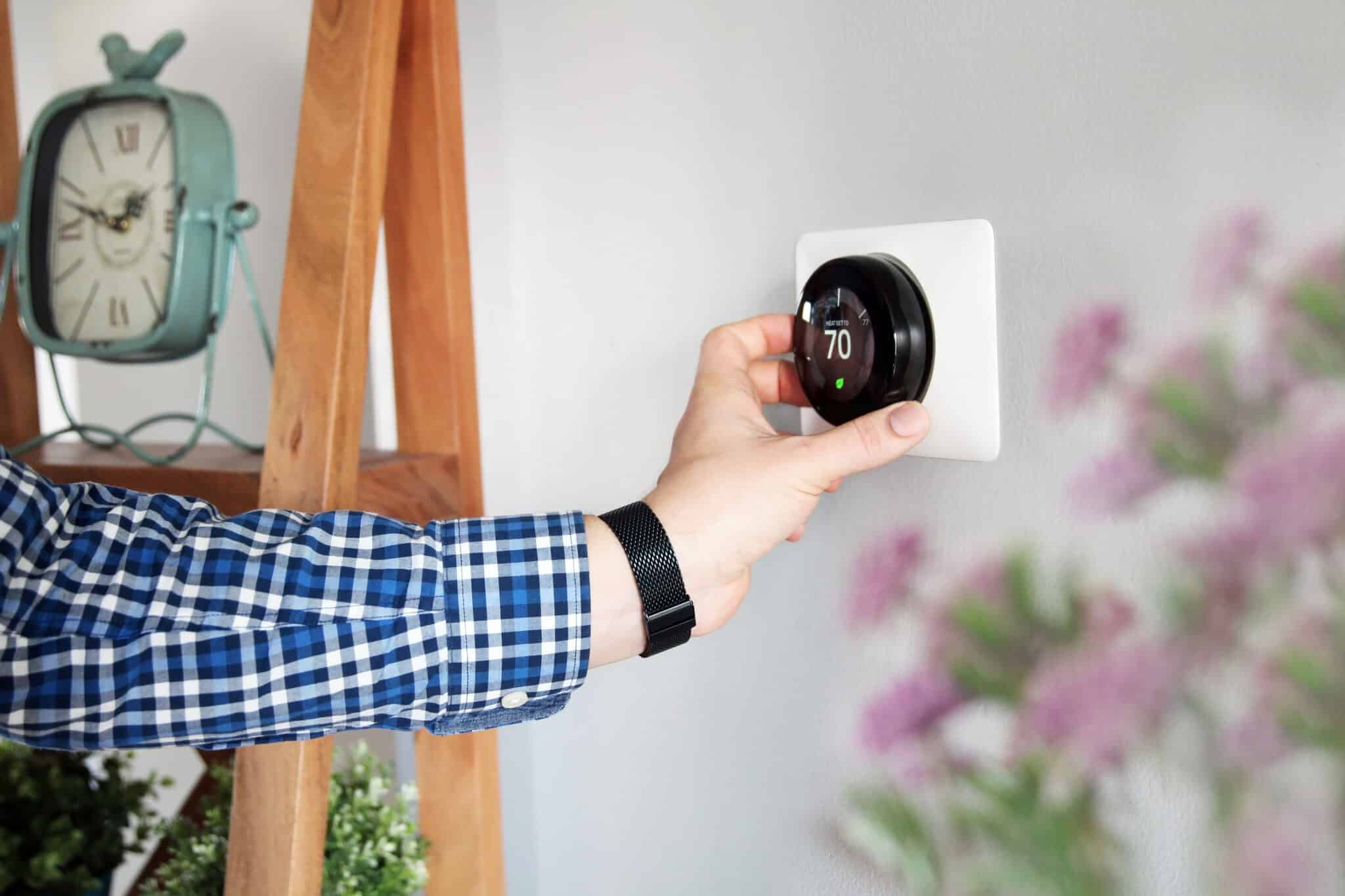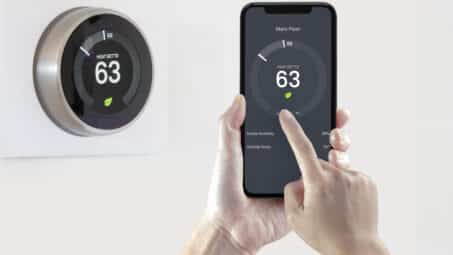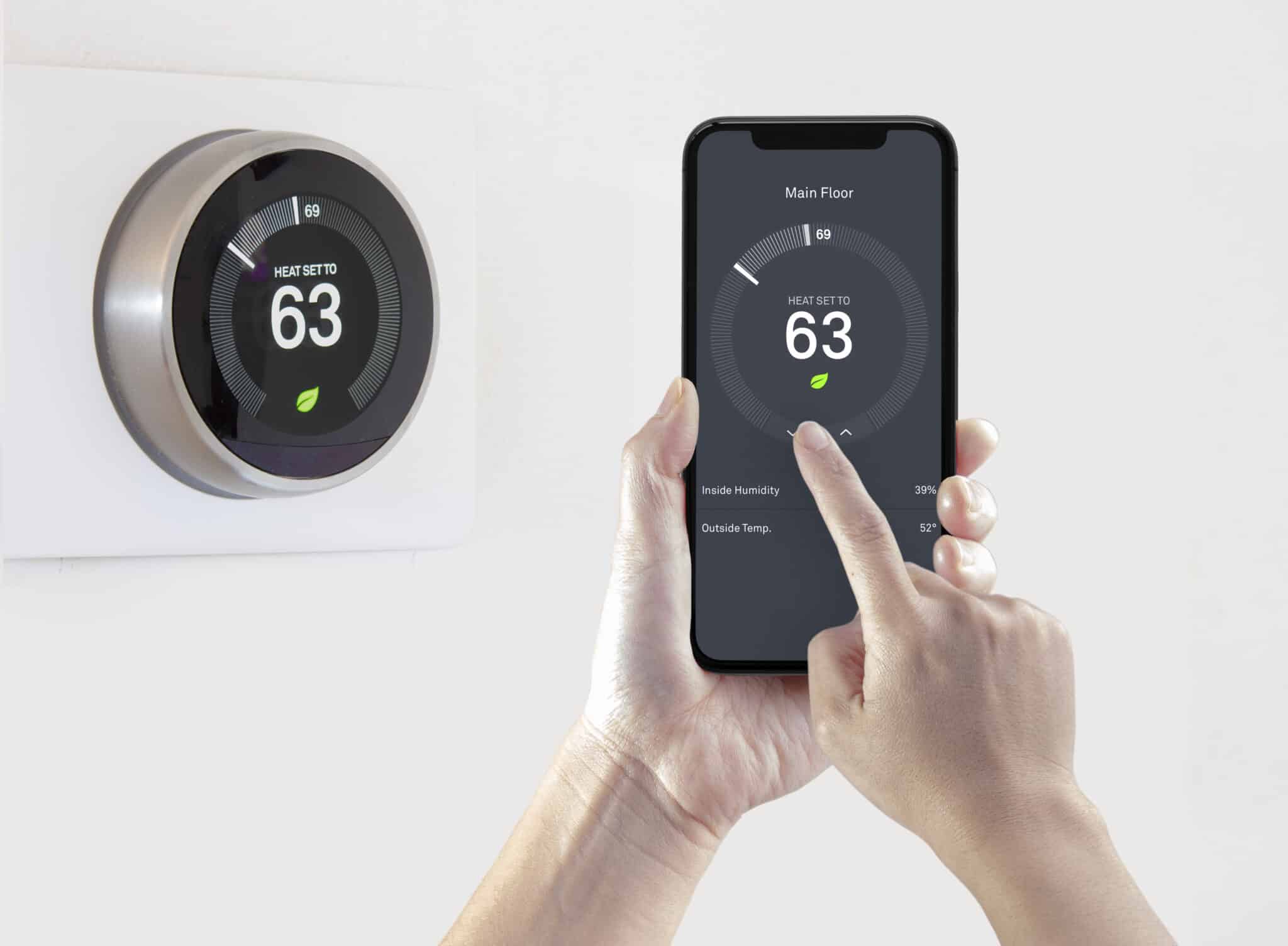Calculating electricity consumption in your home is a good way to keep costs in check and support the environment. But to do this efficiently, you’ll want to know how much power each device or appliance uses, and you may need help with your calculations.
After doing the math, you may also want to install energy-saving products or sensors to reduce bills. But where should you start? Here we’ll help you understand your electricity usage and different devices that can help you monitor it.
Calculating Electricity Consumption by Device
Step one is knowing how much electricity each appliance or home electronic device uses. Then, you can understand how much money you spend.
Fortunately, there are some handy online charts and calculators to help. For example, the resource site DaftLogic lists the power consumption of typical household appliances, which you can search by appliance name or description. Most devices come with an Energy Guide label, which should give you an estimate of the average energy consumption.
For calculating electricity consumption for a specific product:
- Estimate the number of hours it runs per day (using a log or making a rough estimate)
- Find the wattage of the product (which may be on the device or listed in the chart above)
- Calculate daily energy consumption using the formula: (wattage × hours used per day) ÷ 1000 = daily Kilowatt-hour (kWh) consumption
- Find the annual costs to run the device using the formula: annual energy consumption × utility rate per kWh
Using Monitoring Systems & Devices for Calculating Electricity Consumption
A number of monitoring systems and devices are also available to help keep track of electricity consumption:
Monitor Consumption With a Portable Device
You can monitor your home energy consumption from anywhere with the Elite Classic from Efergy. It comes with a display, transmitter, and 2 XL sensors. Another plus is that it’s wireless and portable, so you can walk around the house and see first-hand what happens when you switch devices on or off. Helpfully, it displays savings in cost, kW, and CO2 terms.
You can also:
- Choose from up to 5 different world currencies
- Choose up to 4 different settings, based on the rate that your utility company charges
- Set your own maximum power consumption target
- Set an audio alert, so you’ll automatically know if you go over the maximum power consumption target
- Get notifications when you enter a peak electricity tariff period, where you’re likely to pay the most for your energy, so you can pause tasks, like washing clothes, until a cheaper period
Efergy claims you can save between 5% and 20% on typical energy consumption by using its device and following its recommendations.
Monitor Power Consumption in Your Solar-Powered Home
If your home has solar panels, you’ll want to ensure you’re maximizing your savings, and the Solar monitor from Sense will do just that. You can immediately see how much energy your home uses (when and where) and track trends by:
- Day
- Week
- Month
- Billing cycle
The product will detect individual devices and track them using machine learning technology. Plus, you can set goals and analyze your progress.
With this device, you can also:
- Review real-time and historical solar production
- Compare solar production versus usage
- Calculate sell back and grid usage
The product has:
- A monitor
- A pair of current sensors
- An antenna
- A power cable
- A mounting bracket
Plug Into Your Electrical Panel for Additional Monitoring
If you want a device that you can install within your home’s electrical panel, choose the Wiser Energy Home Energy Manager from Schneider Electric. You can pick from two different models depending on whether your home has solar panels or not.
The product comes with:
- A monitor
- Mounting bracket
- Antenna assembly
- Power cable
- Current transformers
This product also:
- Gathers info about your home consumption through machine learning technology
- Tracks wattage through current transformers, sampling data at 1 million times per second
- Gradually detects devices as time goes by
You can also get a version of the device that allows you to turn devices on or off from a smartphone app.
Add Smart Thermostats for Even More Control
Heating and cooling can represent the lion’s share of a typical utility bill, so fitting a smart thermostat to the systems makes sense.
One option is the Ecobee Smart Thermostat Premium, which works with most HVAC systems, including:
- Single and dual-stage furnaces
- Heat pumps
- Humidifiers
- Ventilators
This thermostat also has an air-quality monitoring and alert system, and is compatible with smart speakers like Siri or Alexa-Built in.
The device also uses radar technology to span a large range with wider angles to make occupancy sensing and adjustment more efficient.
The thermostat can also:
- Learn routines and recommend changes for optimal energy savings
- Automatically turn down temperatures when no one is home
- Automatically cool or heat the home at times when power is cheaper
Maintain Control Over Your Home Energy Usage
It’s good to be in control of your power usage, and calculating electricity consumption becomes easy when you know how much each device or appliance uses. You can also install a monitoring system, stand-alone monitor, or smart thermostat to easily track and control how much energy you use at home.





